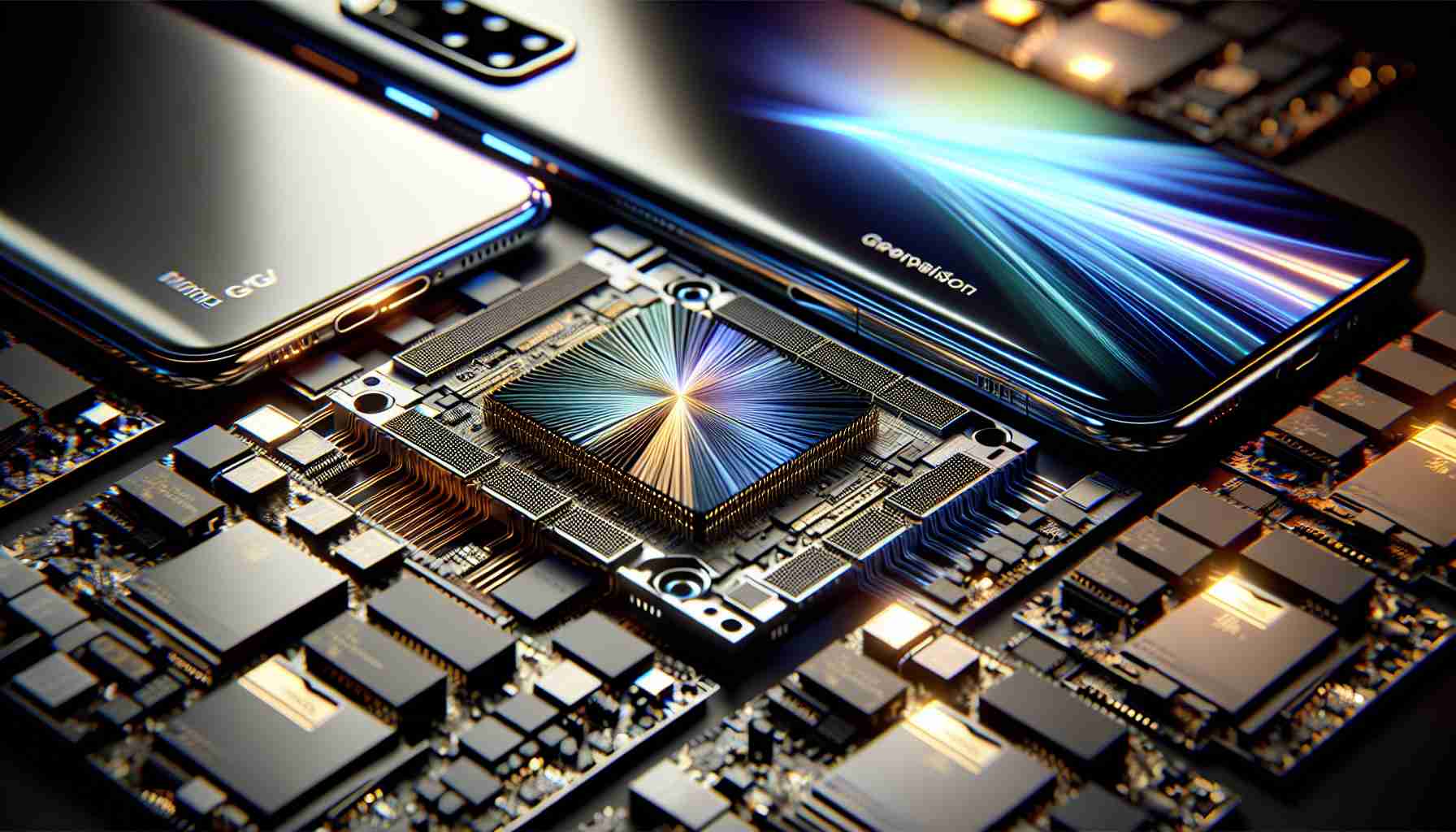Historical Alliance Shift for Google Pixel Chipsets: Google, known for its Pixel smartphones powered by custom-built Tensor processors, has traditionally collaborated with Samsung for chipset development. A credible industry leaker has recently affirmed speculations that Google is now poised to transition its chipset production for upcoming Pixel devices to TSMC (Taiwan Semiconductor Manufacturing Company).
TSMC’s Cutting-Edge Technology to Power Pixel: The leaker indicates that the Pixel 10 series and future models will benefit from TSMC’s advanced 3nm process technology, bolstering expectations for enhanced performance. This move is set to aid Google in optimizing the forthcoming Tensor G5 chips. In alignment with this strategic partnership shift, Google has already begun to strengthen its semiconductor operations in Taiwan, actively recruiting engineers to support this new direction.
Potential Advantages over Samsung: The pivot to TSMC is noteworthy, as the semiconductor giant is frequently regarded as producing more efficient processors compared to Samsung Foundry. This was evidenced when phones equipped with TSMC-manufactured chipsets displayed better battery life and performance compared to their Samsung counterparts. It remains to be seen if the anticipated efficiency of TSMC’s 3nm chips will achieve a considerable gain over Samsung’s equivalent offerings, yet the historical precedence provides an encouraging outlook for Google’s future Tensor-powered devices.
Questions & Answers:
Why is Google shifting its Pixel chipset production from Samsung to TSMC?
Google is likely shifting to TSMC to leverage TSMC’s 3nm process technology, which is expected to offer better efficiency and performance compared to Samsung’s equivalent process technologies. This move could result in longer battery life and improved performance for Google’s Tensor chips in Pixel devices.
What is the significance of TSMC’s 3nm process technology?
TSMC’s 3nm process technology is significant because it represents a smaller and more advanced semiconductor fabrication process. This can typically lead to chips that are more power-efficient and have higher performance due to the smaller transistors that consume less power and allow for more transistors to be packed into the same space.
Are there risks associated with Google’s move to TSMC?
There could be risks such as potential supply chain issues or increased cost, given TSMC’s high demand from numerous industry players. Additionally, any shifts in supplier relationships carry the risk of unforeseen technical and logistical challenges.
Key Challenges or Controversies:
– Supply Chain Management: Ensuring a steady and dependable supply of chipsets is critical. TSMC has a very high demand for their advanced chips, and Google will need to manage its supply chain effectively to avoid any potential shortages.
– Cost Implications: The advanced 3nm process technology might come at a higher cost. Google will need to balance the cost with the performance benefits to maintain competitive pricing for its Pixel devices.
– Technical Integration: Google will be challenged to integrate TSMC’s technology seamlessly within its Tensor chipset design and ensure that the performance gains are realized in the final product.
Advantages and Disadvantages of the Shift:
Advantages:
– Enhanced Chip Performance: Moving to TSMC’s 3nm process should lead to more efficient and powerful chips, giving Google a possible edge in the highly competitive smartphone market.
– Market Perception: Partnering with an industry-leading semiconductor manufacturer could boost the prestige and perceived quality of Google’s smartphones.
Disadvantages:
– Cost: The investment in the latest technology can lead to increased manufacturing costs, which might be passed on to the consumer, potentially impacting Pixel sales.
– Dependence on a Single Supplier: Relying solely on TSMC could result in vulnerability to any supply disruptions or changes in TSMC’s business priorities.
For further reading on the broad topics of semiconductors, chip manufacturing, and consumer electronics, visit the websites of TSMC and Google via the following links:
TSMC
Google
The source of the article is from the blog macnifico.pt
